Exhaust hoods must meet the requirements in the Minnesota Mechanical Code, Minnesota Rules, Chapter 1346. For more information see "Step 7 - Other Considerations".
- Specification sheets can be found online, directly from the manufacturer, or an equipment supplier.
- If used or existing equipment are available onsite, provide a photo of the equipment and the information label on it.
- Specification sheets can be found online, directly from the manufacturer, or an equipment supplier.
- If used or existing equipment are available onsite, provide a photo of the equipment and the information label on it.
The following equipment, including types of equipment listed in this part that are custom fabricated, must be certified or classified for sanitation by an American National Standards Institute (ANSI) accredited certification program for food service equipment:
- 3-compartment sink;
- Dishwashing machine;
- Mechanical refrigeration units, i.e., walk-in cooler, except for units or equipment designed and used to maintain food in a frozen state;
- walk-in freezers;
- hot-holding equipment;
- cooking equipment, except for microwave ovens and toasters;
- ice machines;
- mechanical slicers;
- mechanical tenderizers and grinders; and
- food preparation sink.
- food preparation surfaces, i.e., stainless-steel table and countertops for handling open food.
Used equipment may be approved, by the regulatory authority as part of your plan if it:
- Has one or more of the American National Standard Institute (ANSI) certification marks.
- Met existing applicable standards when it was manufactured, and it was not altered or modified.
- Is in good repair.
- Is easy to clean.
- Has non-toxic food-contact surfaces.
- Must be designed for commercial use.
- Does not pose a health hazard.
| Certification Program |
Mark
|
|---|---|
| NSF International (NSF) |
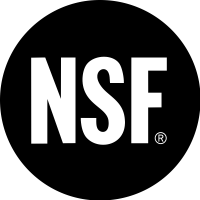
|
|
Intertek Marked "ETL Sanitation Listed" |
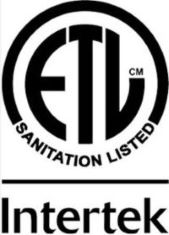
|
| Underwriters Laboratory (UL) Marked "Classified UL EPH" | 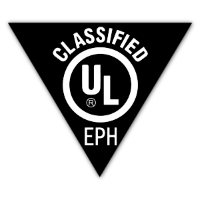 |
| Canadian Standards Association (CSA) Marked "CSA Sanitation to NSF/ANSI" |

|
| National Automatic Merchandising Association (NAMA) |
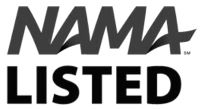
|
| Baking Industry Sanitation Standards Committee (BISSC) |
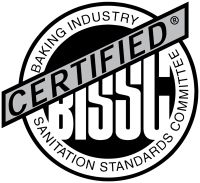
|
| IAPMO |
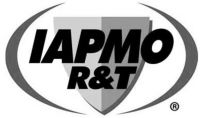
|
- Equipment that is custom fabricated must be designed and constructed by an ANSI-certified fabricator and approved by the plan review department prior to production.
- Submit the ANSI fabricated drawings as an attachment to the plan review application to mitigate costly revisions.
Exhaust hoods must meet the requirements in the Minnesota Mechanical Code, Minnesota Rules, Chapter 1346. For more information see "Step 7 - Other Considerations".
- Specification sheets can be found online, directly from the manufacturer, or an equipment supplier.
- If used or existing equipment are available onsite, provide a photo of the equipment and the information label on it.
The local authority must approve the facility's compliance with all associated zoning codes.
The local authority must approve the facility's compliance with all associated zoning codes.
If the facility plans to provide water through a well, it must be installed by a licensed well driller and certified by the Minnesota Department of Health (MDH). The applicant can contact the MDH Well Management Unit at 651-201-4600 or 800-383-9808 for verification of well construction and water quality compliance.
If the food establishment is moving to a location with an existing well, an evaluation of the well construction must take place. This involves an on-site review of the well's location and surrounding features, as well as an office review of the well's construction. While the MDA works with the MDH on this evaluation, the final determination on the well construction compliance is made by the MDH Well Management Unit.
If the facility plans to provide water through a well, it must be installed by a licensed well driller and certified by the Minnesota Department of Health (MDH). The applicant can contact the MDH Well Management Unit at 651-201-4600 or 800-383-9808 for verification of well construction and water quality compliance.
If the food establishment is moving to a location with an existing well, an evaluation of the well construction must take place. This involves an on-site review of the well's location and surrounding features, as well as an office review of the well's construction. While the MDA works with the MDH on this evaluation, the final determination on the well construction compliance is made by the MDH Well Management Unit.
To ensure compliance with regulations, a facility that uses a septic system must have it approved by the appropriate regulatory authority. The facility must provide evidence of septic system compliance by obtaining a current Certificate of Compliance. The applicant can contact their county for information on how to verify septic system compliance and obtain a current Certificate of Compliance.

